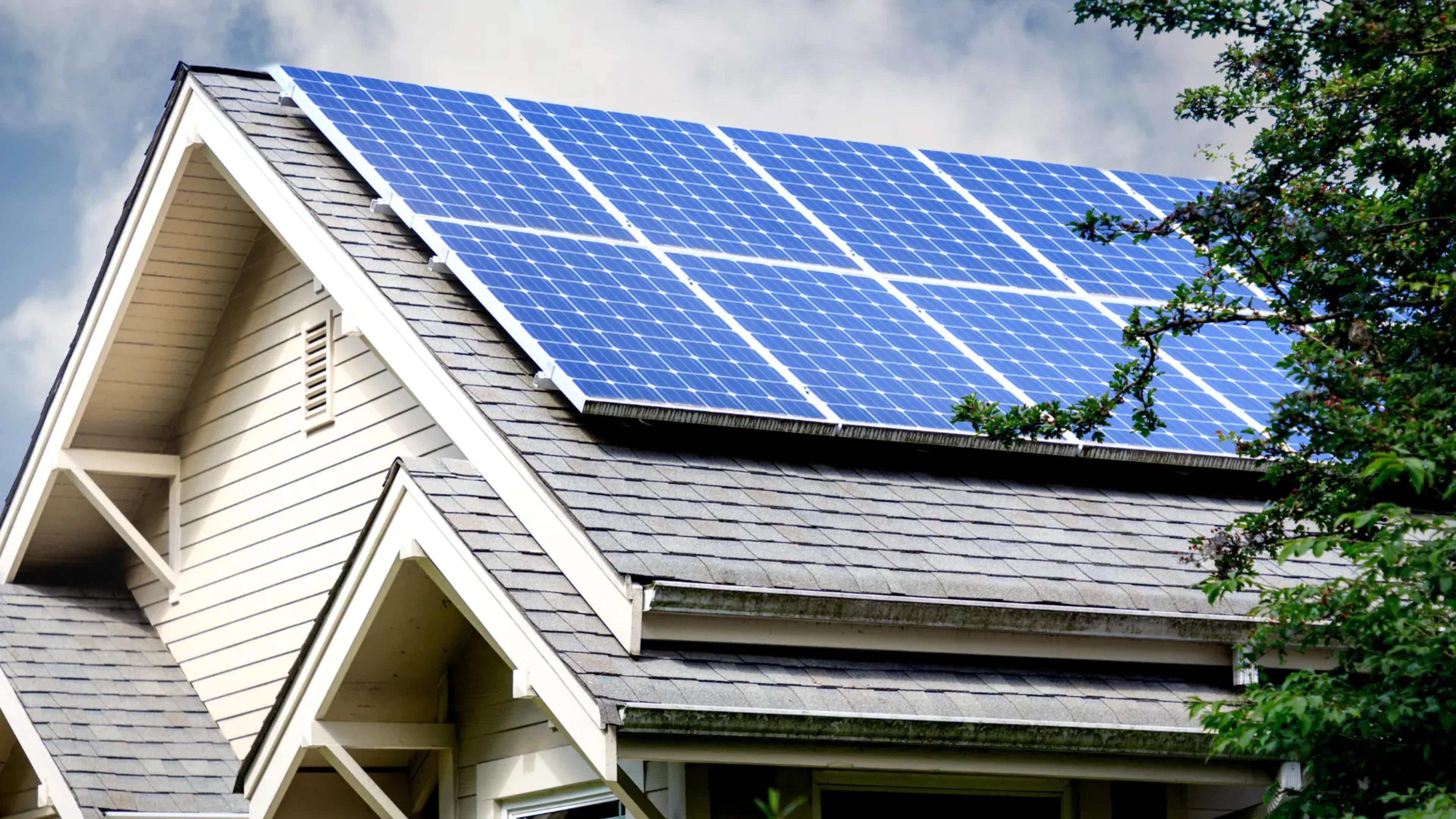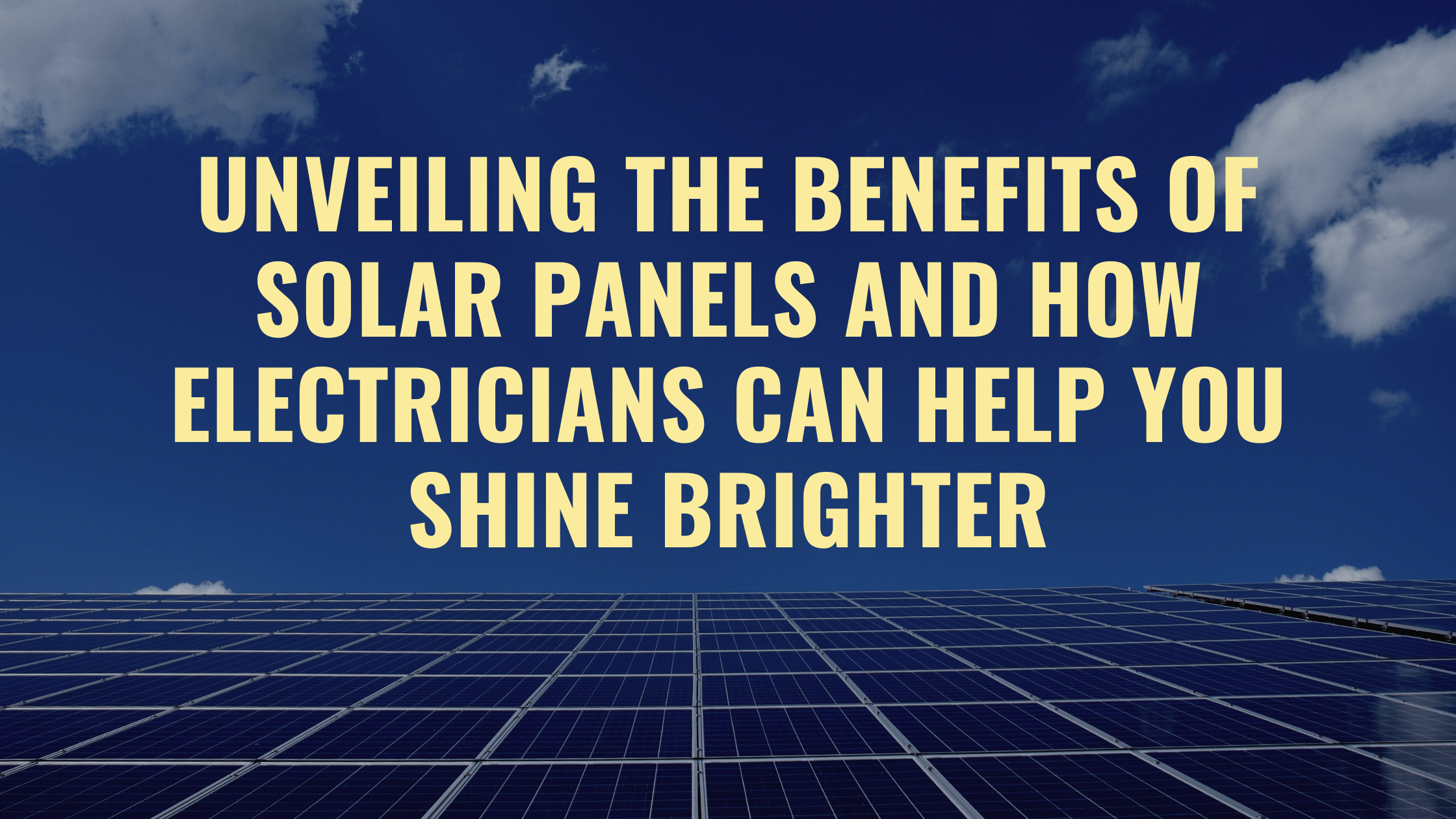Solar Power 101: A Beginner's Overview to Sustainable Energy Solutions
As the globe increasingly shifts in the direction of sustainable energy services, comprehending the principles of solar energy becomes essential for both individuals and organizations. This guide gives an extensive overview of solar power, outlining the different systems available and the devices behind their procedure. By checking out the advantages of solar modern technology, together with the financial motivations and setup processes, one can acquire a more clear perspective on exactly how to properly incorporate this renewable resource into their energy method. The trip towards adopting solar energy invites more assessment of the difficulties and considerations that come with it.
Comprehending Solar Power
At its core, comprehending solar power includes grasping the fundamental concepts of how sunshine can be converted right into functional power. Solar power is obtained from the sunlight's radiation, which can be taken advantage of through various technologies.

Comprehending solar energy likewise entails acknowledging its ecological advantages. By utilizing sunlight, we can reduce greenhouse gas emissions and reduce air contamination, adding to a more lasting future. The innovations in modern technology and performance of solar systems continue to improve their practicality, making solar energy an increasingly appealing alternative for global power needs.
Kinds of Solar Energy Equipments
Numerous kinds of solar energy systems are frequently utilized to harness solar power for electricity generation. The primary classifications include solar (PV) systems, concentrating solar power (CSP) systems, and solar thermal systems.
Photovoltaic or pv systems utilize photovoltaic panels made up of silicon cells that transform sunlight straight into electrical power. These systems are versatile and can be mounted on roofs, ground mounts, or incorporated right into structure materials.
Concentrating Solar energy systems, on the other hand, use mirrors or lenses to focus sunshine onto a little area, generating warmth that drives a heavy steam turbine to create electrical power - Simply Solar Illinois. CSP systems are usually released in massive power plants and call for straight sunlight, making them much less suitable for over cast regions

Each kind of solar power system has its special characteristics, applications, and viability relying on geographic area, energy needs, and budget plan, making it vital to examine options based on particular scenarios. - Simply Solar Illinois

Benefits of Solar Power
Using solar power with various systems not only offers a sustainable way to create power but likewise uses a wide range of benefits. Among the most considerable advantages is the decrease in greenhouse gas emissions, adding to a cleaner atmosphere and combating climate adjustment. Solar power is renewable, indicating it is inexhaustible and offered as long as the sunlight beams, unlike nonrenewable Learn More Here fuel sources, which are finite and depleting.
Furthermore, solar power can cause substantial expense financial savings gradually. House owners and services can minimize their electrical energy costs substantially, and in several instances, they may gain credit scores for excess energy produced through net metering. Furthermore, the solar market produces jobs, from manufacturing to setup, boosting neighborhood economic situations.
Another compelling advantage is energy independence. By creating their own electrical energy, individuals and areas can reduce reliance on exterior power resources, boosting durability against rising and fall energy rates and supply interruptions. Solar energy systems require marginal upkeep, making them a convenient choice for lasting power generation.
Installment Refine Summary
The installment procedure for solar power systems usually includes several crucial steps that guarantee reliable combination into a property. An extensive site evaluation is conducted to review the roof's alignment, shielding, and architectural honesty, which are crucial to maximizing solar panel performance. Following this evaluation, the style phase begins, where a customized solar power system is set up based upon the house owner's power demands and preferences.
Once the design is completed, the needed licenses and authorizations are acquired from regional authorities, guaranteeing compliance with laws. The real installation involves placing the solar panels on the roofing system or ground, linking them to an inverter, and incorporating the system with the home's electric arrangement. This phase might also involve setting up battery storage systems, relying on the style.
After setup, a thorough assessment is conducted to confirm the system's functionality and safety. The system is appointed, and home owners are informed on its operation and upkeep. With the installment full, the solar power system can start creating renewable resource, adding to sustainability and lowering energy costs. This structured approach makes certain that planetary systems are both efficient and dependable, maximizing their lasting advantages.
Financial Rewards and Cost Savings
Discovering the monetary rewards and financial savings connected with solar power systems can substantially boost the appeal of making the switch to renewable resource. Different rewards exist at government, state, and local levels, developed to reduce the preliminary expenses related to solar installation. Among one of the most significant incentives is the federal solar tax credit scores, which enables property owners to subtract a portion of their solar system installment expenses from their government taxes. Since 2023, this credit stands at 30%, giving significant financial savings.
Along with tax obligation credit scores, many states supply discounts that can further lower upfront costs. Some utility companies additionally supply performance-based rewards, fulfilling solar more power production with time. Financing choices, such as solar finances and leases, allow customers to mount systems with little to no down settlement, making solar power a lot more obtainable.

In addition, solar systems can increase property worths, providing a solid return on financial investment. Generally, the mix of incentives and cost savings makes solar power a financially eye-catching option for lots of families.
Verdict
In verdict, solar power stands for an essential element of check here sustainable power services, offering a path toward minimized carbon footprints and improved environmental protection. Inevitably, the shift to solar energy not only promotes environmental duty however additionally advertises economic cost savings and power independence.